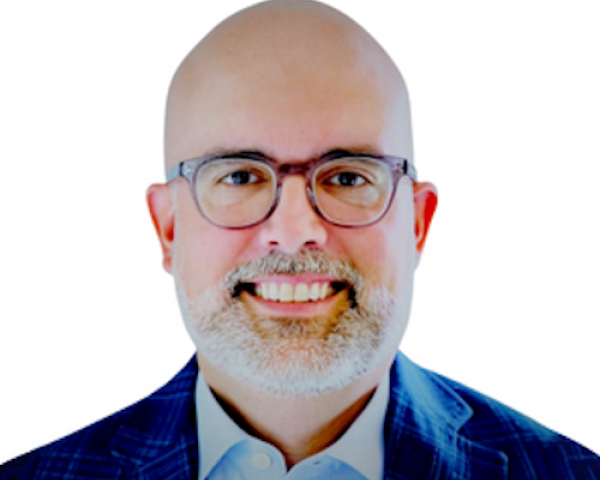Findings from the latest Shift Technology Insurance Perspectives report show that underwriting professionals are under incredible pressure to meet customer expectations for quick application approvals, while keeping their portfolio as profitable as possible.
To meet these goals and to be sure applications themselves are legitimate, underwriters must be confident that the applicant is who they say they are. It also must be clear that the applications do not contain misrepresentations or omissions, which may lead to premium leakage or other losses at the time of a claim. And underwriters need to know that the applicant hasn’t already tried to scam them before – an issue costing the insurance industry over $40 billion yearly, as reported by the FBI.
According to the report, the most prevalent risks underwriters are facing today include hyper endorsement, misrepresentation and applications from known fraudsters, as well as criminal networks and the schemes they perpetuate, such as Ghost Broking. Let’s look at a closer look at these schemes.
Hyper Endorsement and Policy Hijacking
- Risks associated with hyper endorsement include markers such as unusually high endorsements after policy creation for different types of exposures; for example, adding numerous vehicles right after inception.
- Policy hijacking involves insured contact information being fraudulently overhauled, usually shortly after policy creation, as well as duplication of personally identifiable information, like a shared email address, across unrelated policyholders.
- According to the report, this type of activity occurs in one out of 100 policies. Shared email addresses pop up in one out of every 400 written policies, which typically signals identity theft.
See also: 3 Paths for Insurtechs in 2023
Misrepresentation, Criminal Networks and Fraud Schemes
- Misrepresentation, also known as "false declarations," include examples such as listing a false location where a vehicle is kept or excluding driver history, which occurs in one percent of cases. Having full visibility into the declarations made on a policy – or connecting the dots between multiple endorsements within a singular policy – can be what separates a good underwriting decision from one that hurts the bottom line.
- The insurance industry is also operating in a global climate of economic uncertainty, which helps to create an environment where the propensity to commit fraud increases. Not only are normally honest people more willing to “play with the facts” to secure a better premium, but truly sincere applicants may also be tempted by offers that are “too good to be true” in an effort to save a little bit of money each month. And in this financial climate, bad actors have become adept at building out their networks.
Underwriting risk has the potential to cost the insurance industry more than $50 billion in losses per year and, as the research shows, can occur at any time in the policy life cycle, which is a major contributing factor to why underwriting risk can be so difficult to detect. The sheer number of quotes, applications and policies being handled, and the different types of fraud (hard, soft, agent gaming, etc.) that can be committed, add difficulty for underwriting professionals trying to spot suspicious activities. Paying close attention to addressing these risks will help underwriting professionals navigate the evolving fraud landscape and protect their bottom lines.
To read Shift’s findings, download the full report here.







